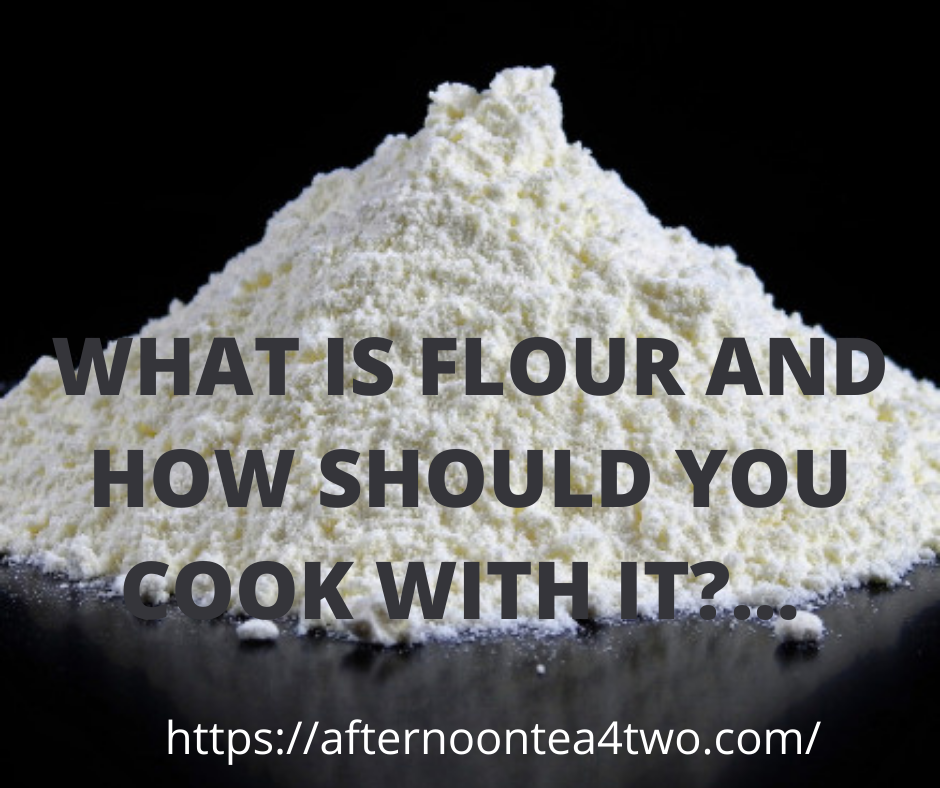Flour is made by grinding grains, legumes, nuts, or seeds into a fine powder. When these substances are ground into coarse powders, the result is referred to as “meal” rather than “flour.”
When most people think of flour, they’re thinking of wheat flour, which clearly is off-limits on a gluten-free diet. In fact, flours made from wheat, barley, or rye contain gluten and will make those with celiac disease and non-celiac gluten sensitivity
Fortunately, there are a ton of other options and it’s getting easier and easier to find a variety of alternative flours. You can find them in the natural foods section of the supermarket and often in the same section as regular flour as well as online.
With gluten-free cooking and baking, it helps to know what gluten does before you try to work without it.
- Gluten makes dough “doughy.” As soon as glutenin and gliadin are surrounded by water, the gluten molecules develop and begin to form strong, sticky, elastic bonds. These elastic bonds give the dough its stretchy qualities. Have you ever seen pizza being made? The bakers toss the pizza dough up in the air with a circular motion to stretch it. That stretchy dough has a lot of gluten in it.
- Gluten helps the dough rise. The amount of water that’s added to the flour affects gluten development, with more water resulting in a chewier dough. The amount of mixing or kneading is the second factor. Kneading helps the bonded gluten molecules form into long elastic strands or sheets. That’s why dough can rise when yeast has been added. The yeast gives off gas, the gas is trapped by the sheets of gluten molecules, and the dough rises.
- Different purposes call for different flours. Different types of wheat flours have different amounts of gluten development. Bread flour develops a lot of gluten, while cake flour is relatively low in gluten because cakes should be less chewy than pizzas and bread. Cake flour still has enough gluten to keep baked goods from crumbling. In contrast, pie crusts—which should be tender and flaky—have less gluten than bread or cakes. Instead, pie crust doughs have a lot of shortening and only a small amount of liquid, and they are mixed only enough to combine the ingredients.
Since gluten plays so many roles in baking, you’ll need to use different types of gluten-free flour to achieve the best results in different recipes. Gluten-free flours break down into four general categories:
- gluten-free starches
- neutral-tasting, low-protein flours
- strong-tasting low-protein flours
- high-protein flours
Each type of flour has a place in your gluten-free baking repertoire.
Grains contain both starch and protein (gluten is, of course, a protein). When you separate out the protein component of grain, you’re left with the starch. Gluten-free starches in common use in baking include:
- Cornstarch
- Tapioca starch
- Arrowroot starch
- Potato starch
These starches don’t have much taste; instead, their job is to thicken liquids and to add some bulk and texture to baked goods. You can use starch to make gravy or to thicken soups. In fact, many recipes call for cornstarch to make gravy, rather than wheat flour. However, you can’t use only starch in baked goods, or they’ll fall apart.
Note that you can substitute any of the four starches for another type of starch. They mostly behave the same in cooking.
When working with starch, beware of the lumps that tend to form when you heat it. To avoid a gooey mess, mix the starch and your liquid in a measuring cup first and then add them to a heating pan. In addition, if you find your gravy or soup is too thick once it has cooled, try heating it again to thin it out.
Note that gravy thickened with cornstarch or another starch will be clearer and less “creamy”-looking than gravy thickened with wheat flour.
Source: Very Well Fit





